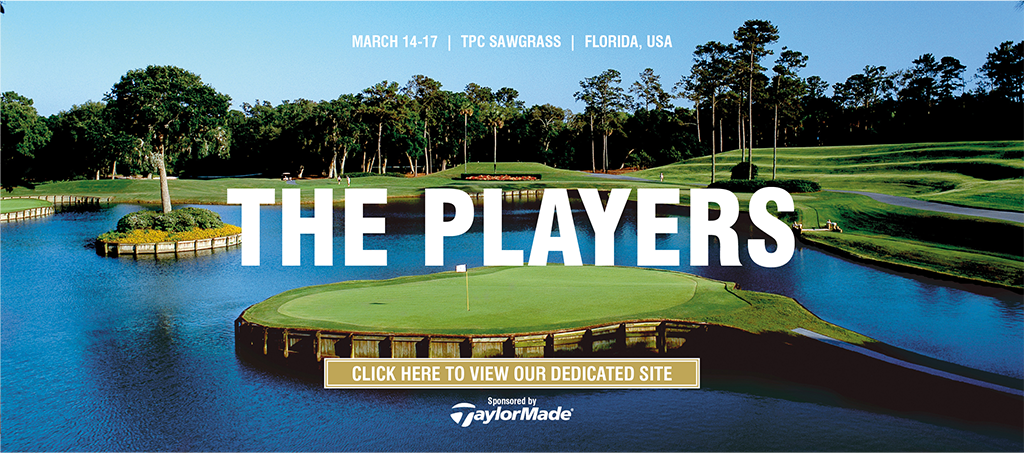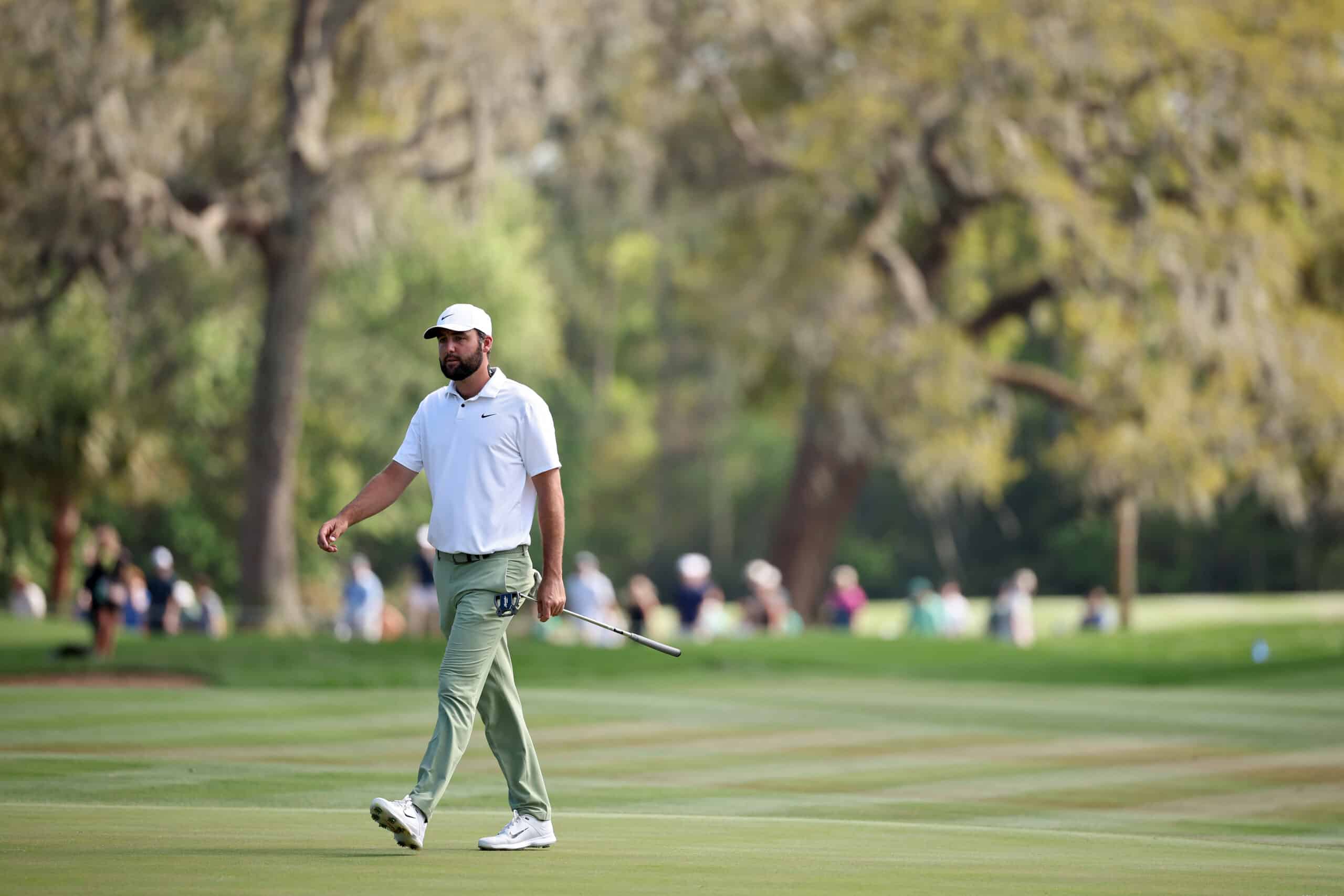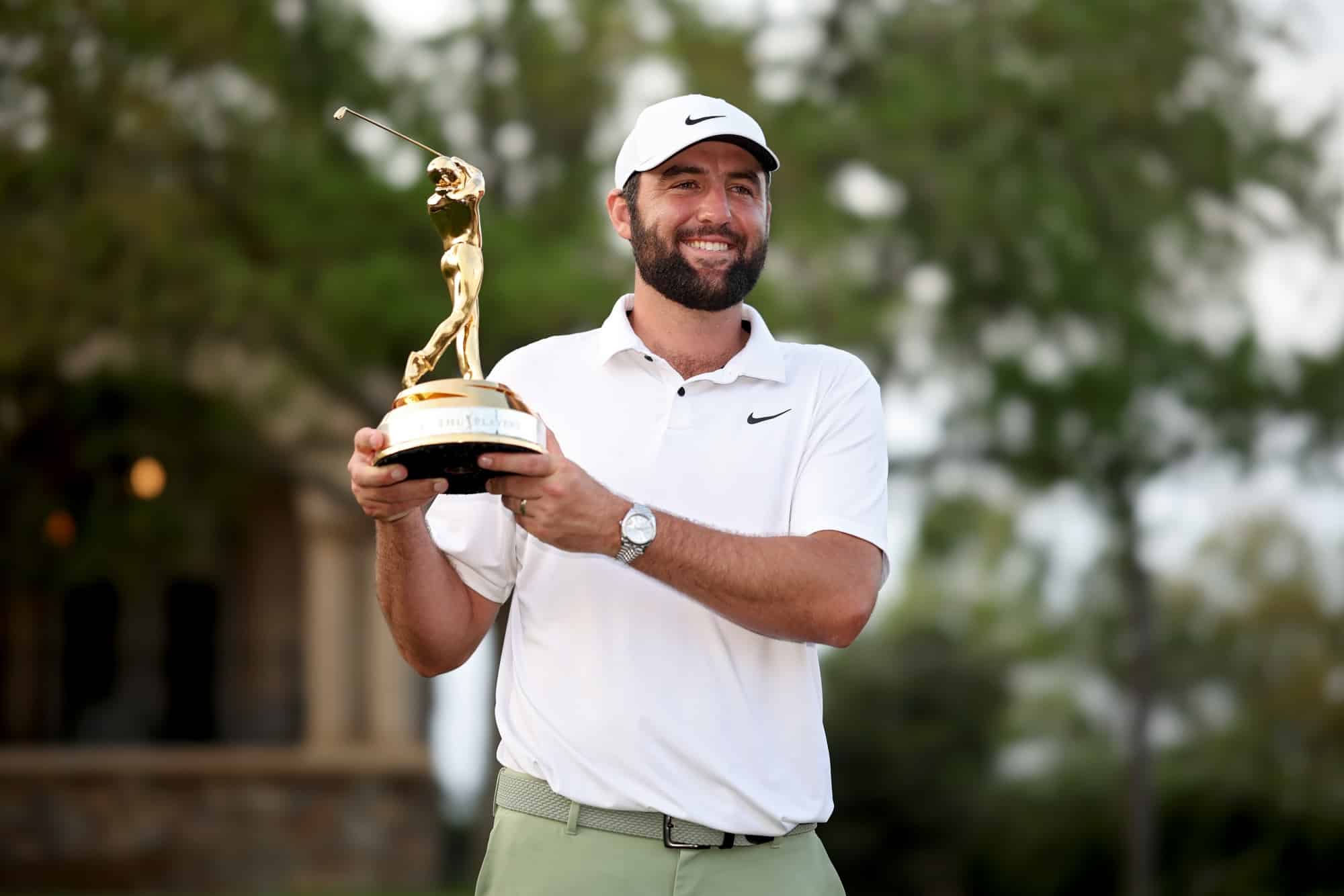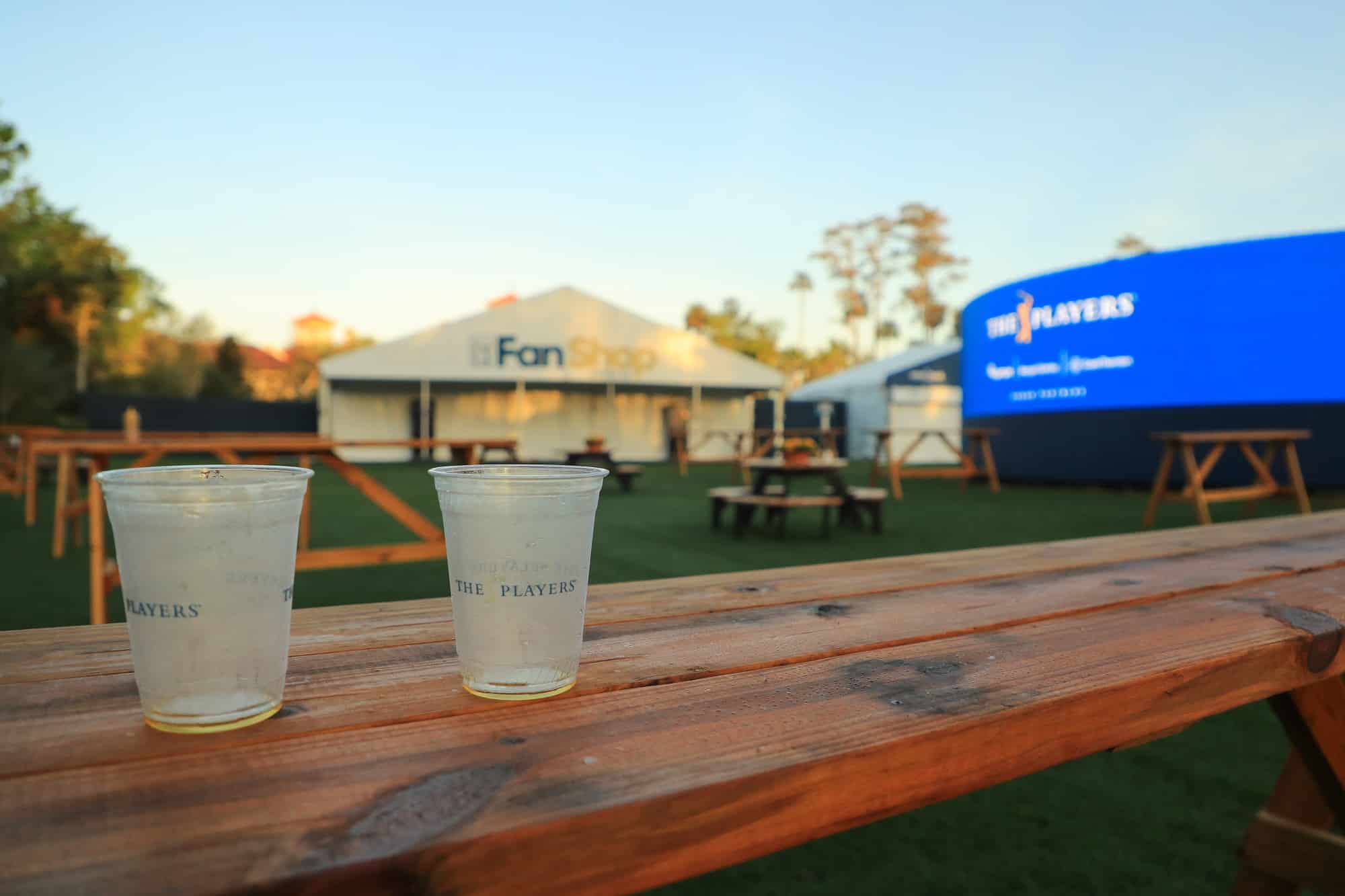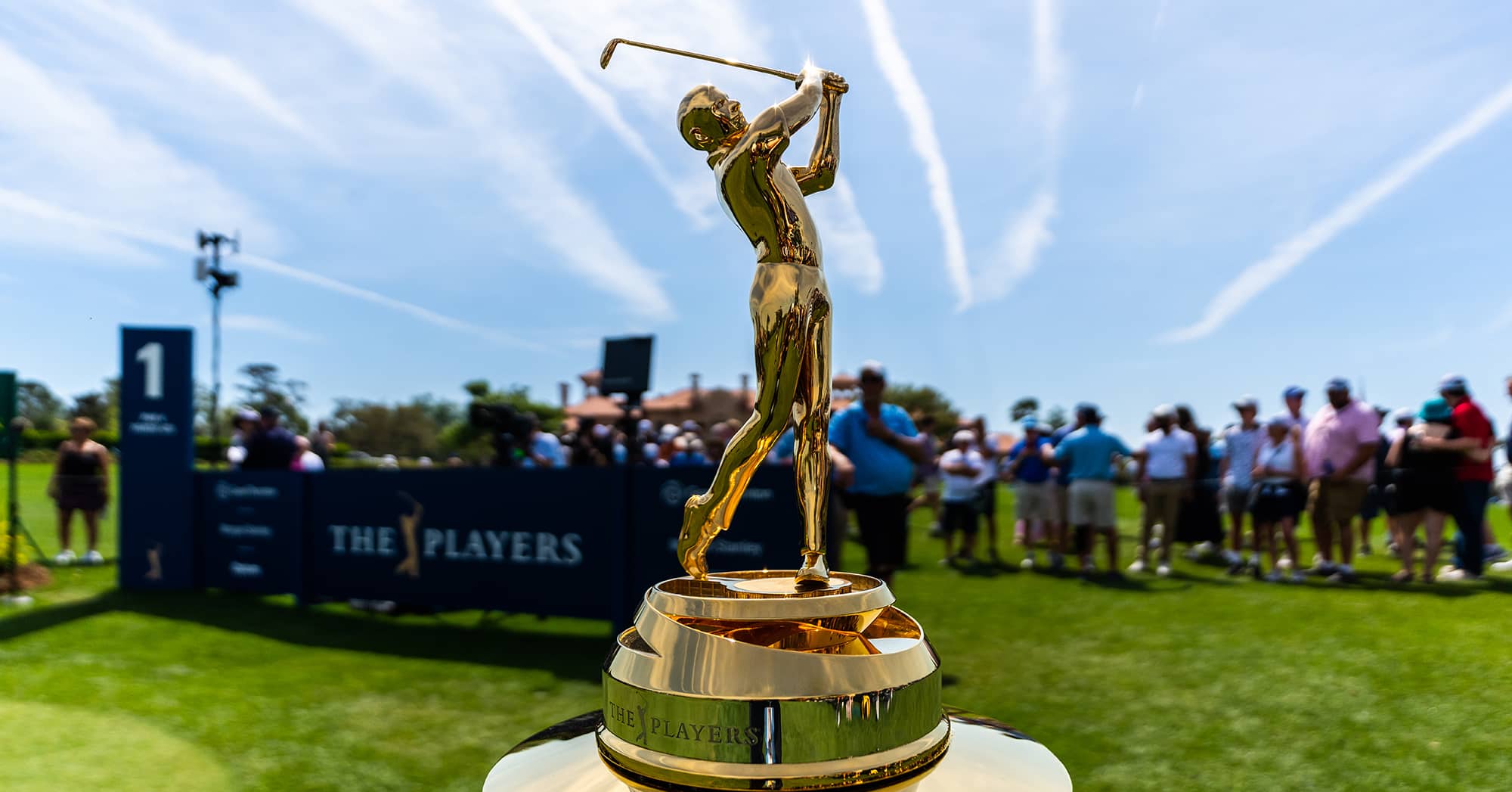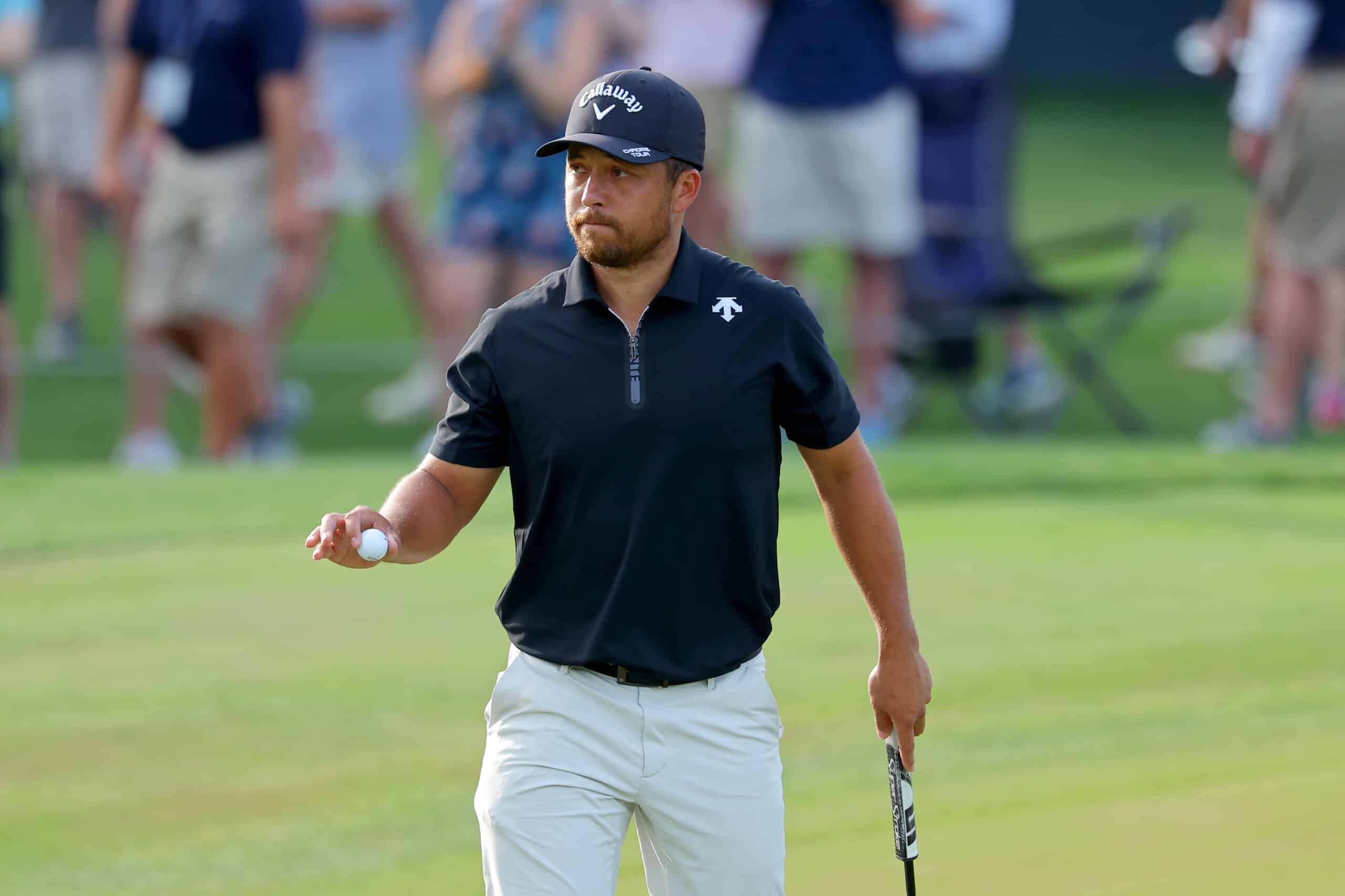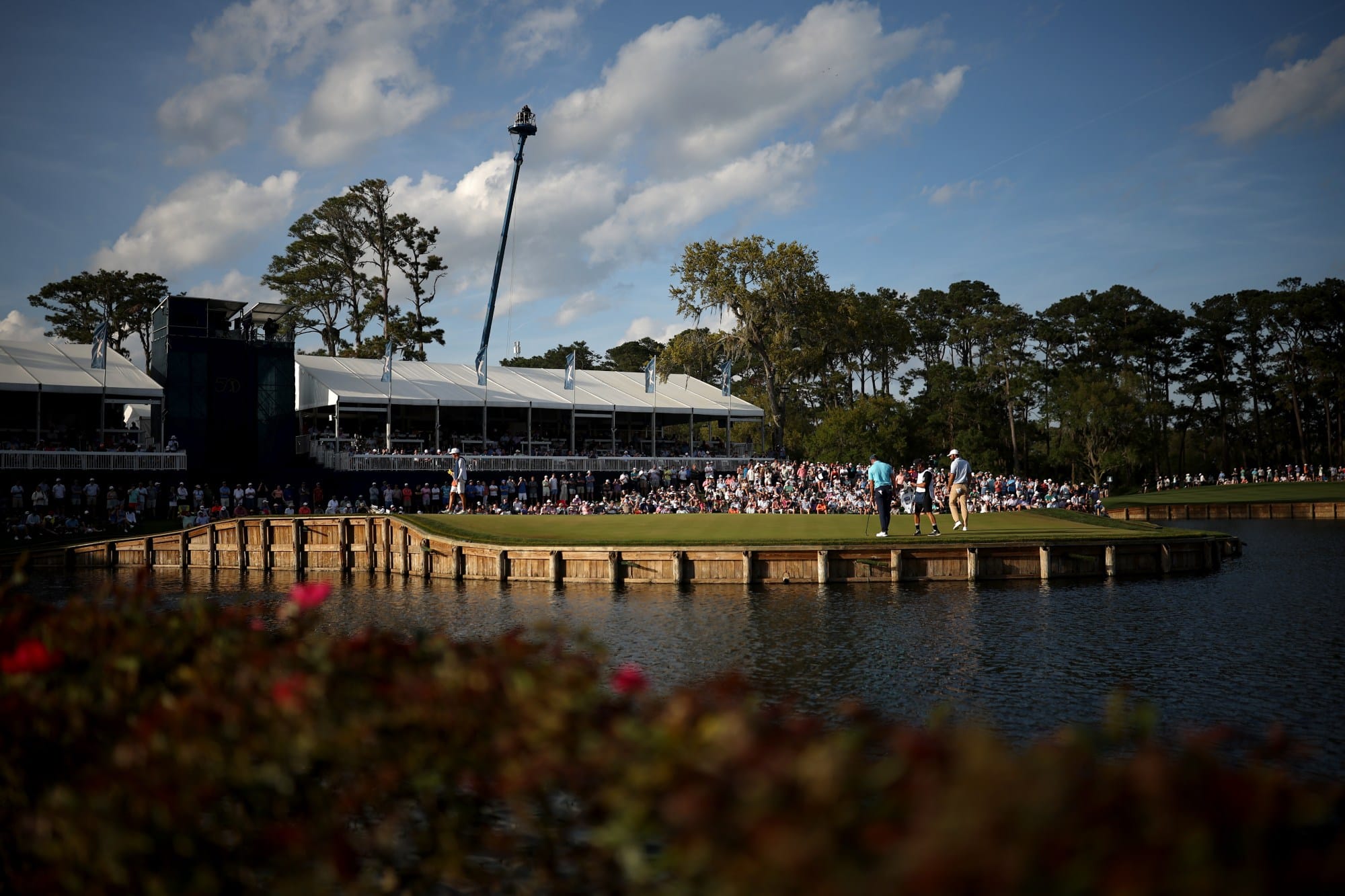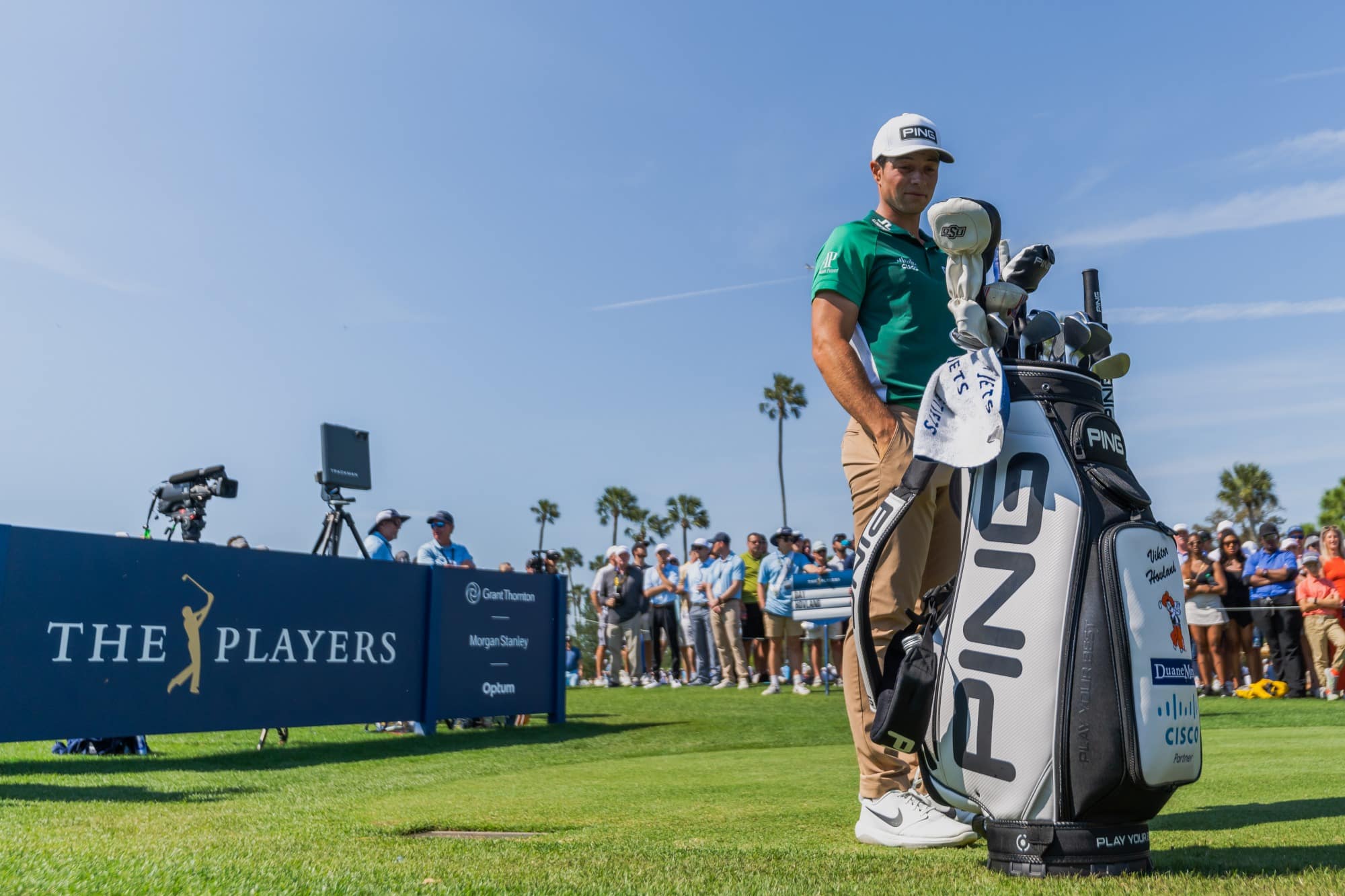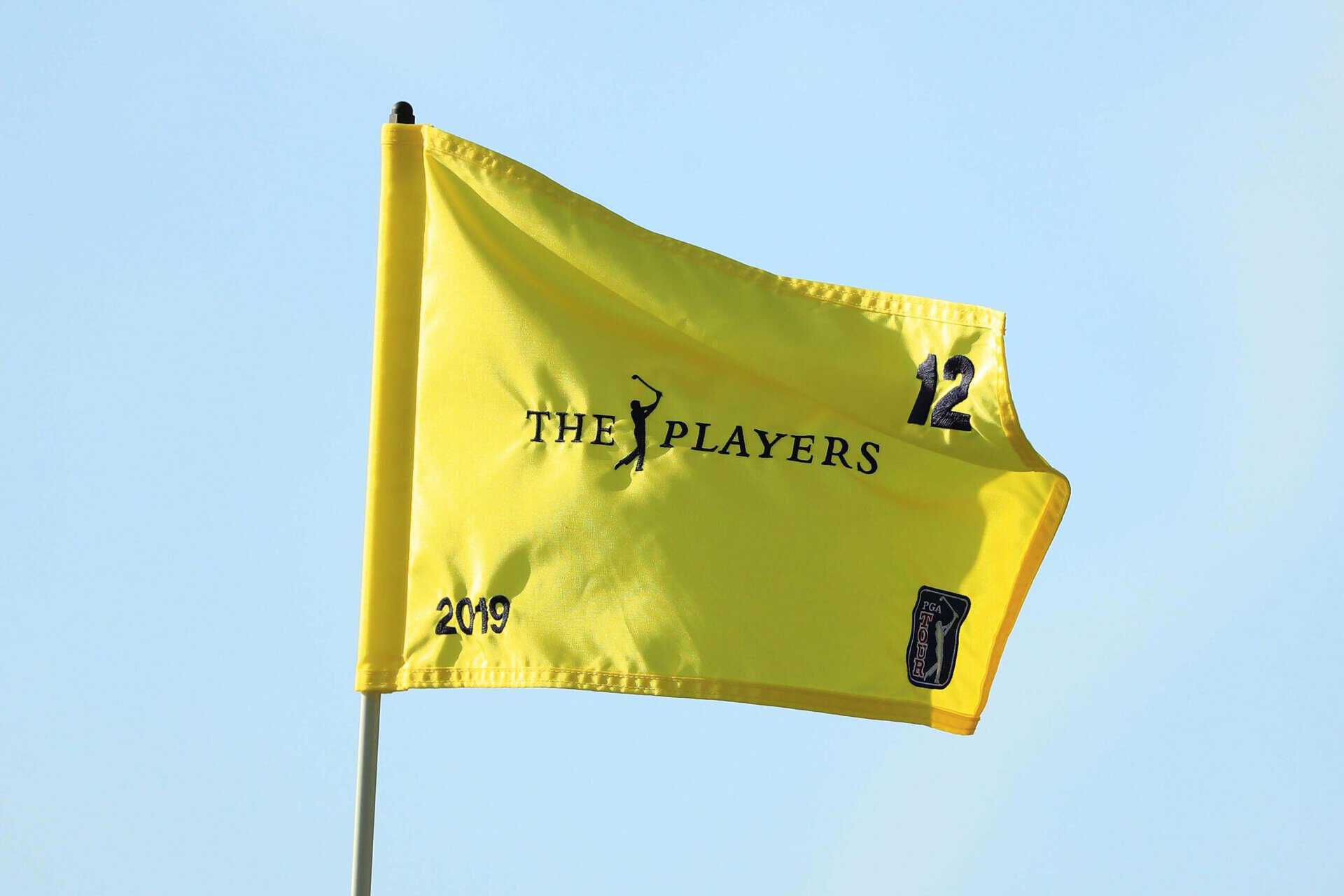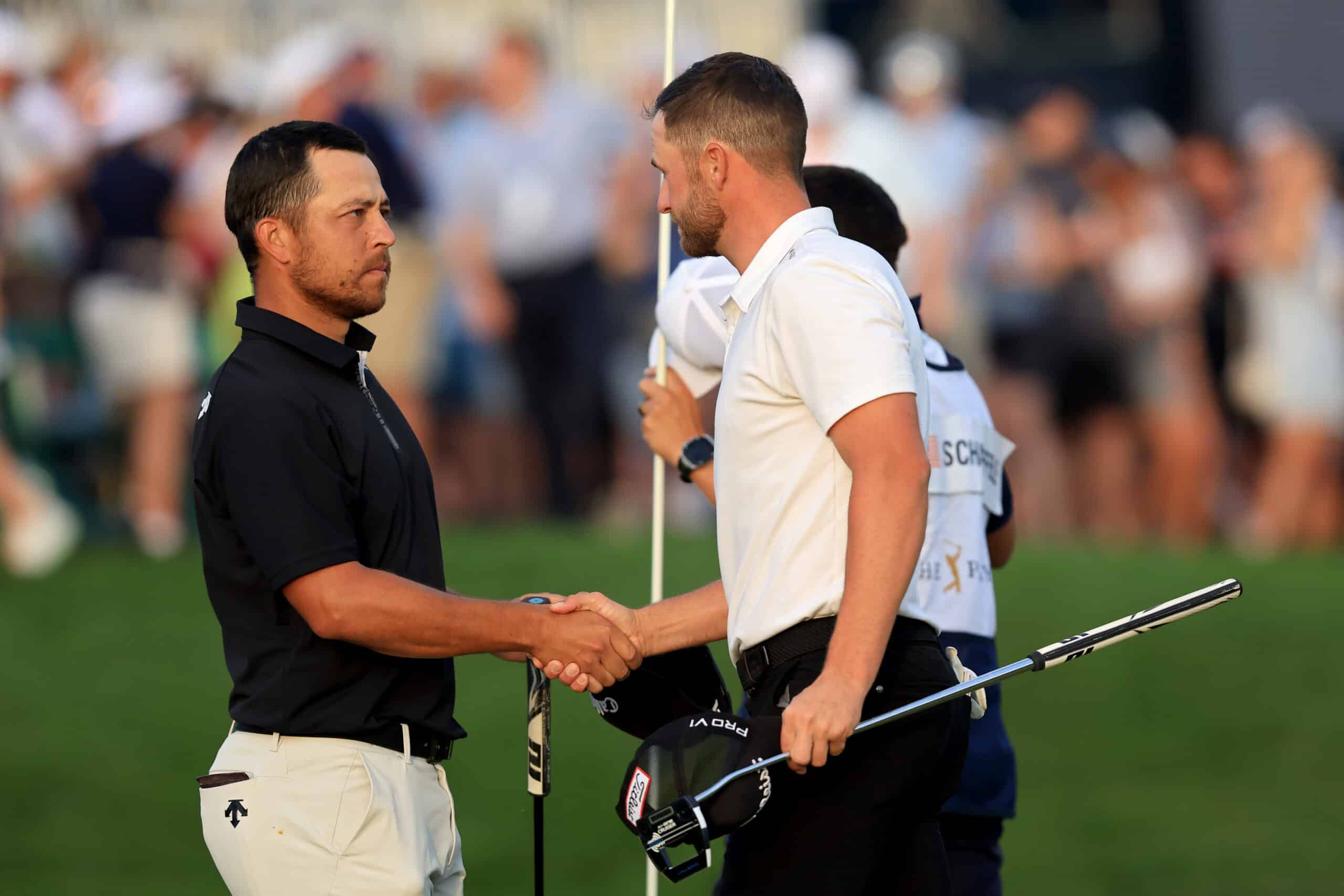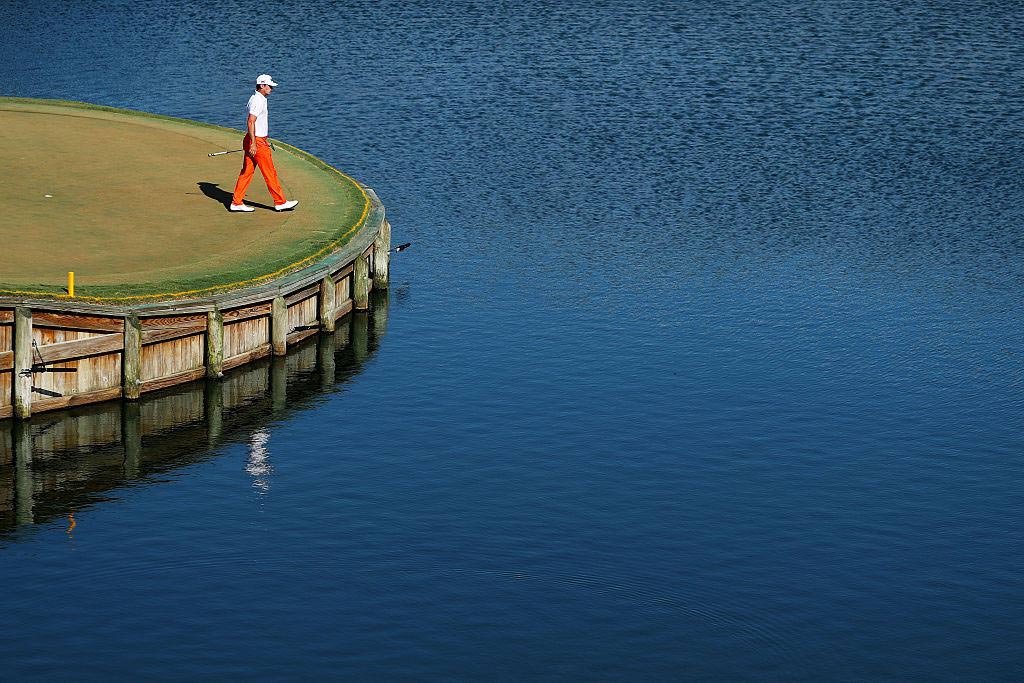
The Players in March? ‘It’s a completely different challenge’
If home is where the heart is then Jim Furyk and Billy Horschel should be ready for a big charge at The Players.
Former Ryder Cup captain Furyk lives a stone’s throw away from TPC Sawgrass, in Ponte Vedra Beach, while 2014 FedEx Cup champion Horschel is only marginally further up the coast in Jacksonville.
Both are intimately familiar with Pete Dye’s iconic layout, which also serves as the headquarters of the PGA Tour.
So there can’t be a pair better to talk about Sawgrass and what we can all expect as the tournament returns to its familiar March date…
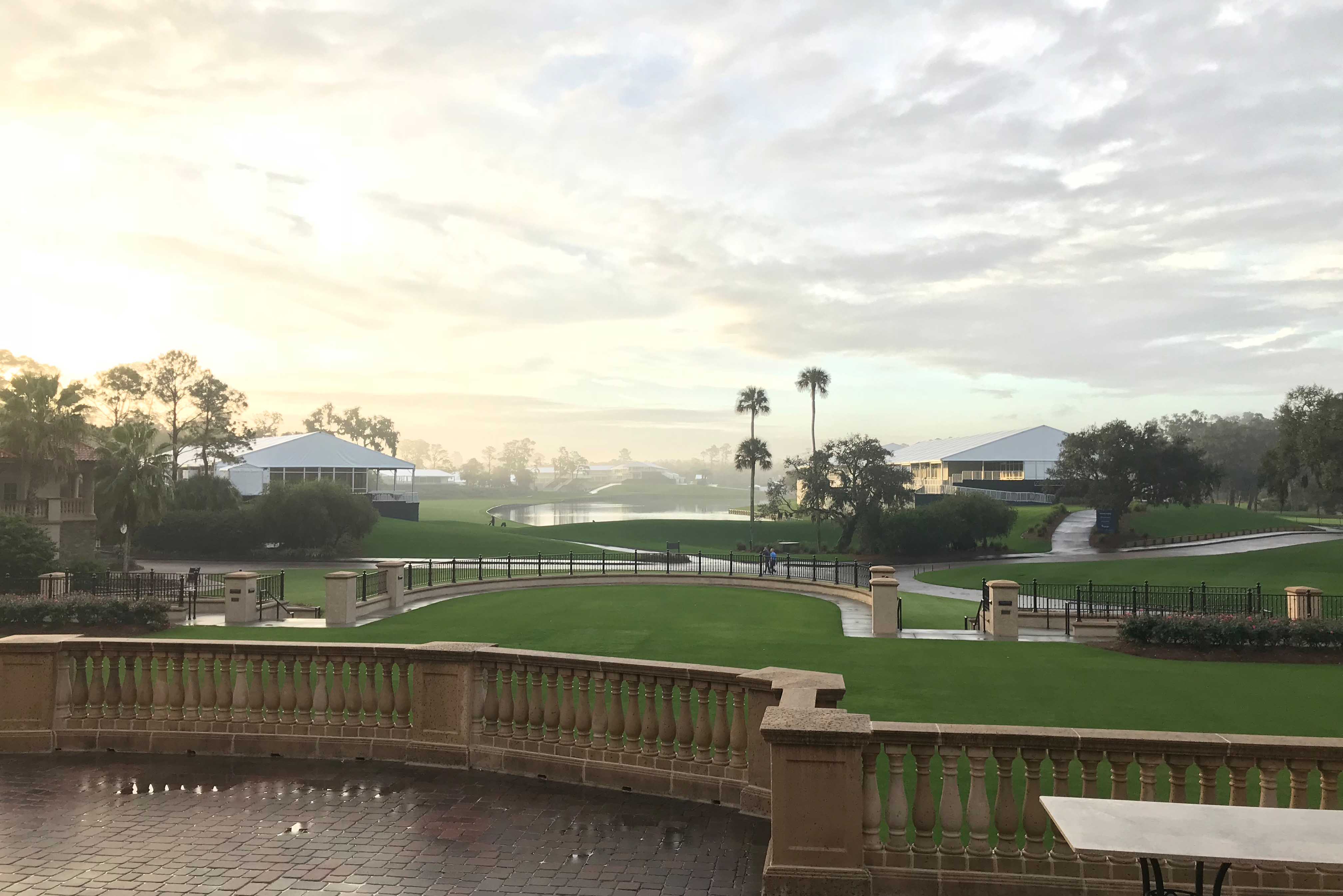
As Florida residents, do you spend a lot of time at Sawgrass and what do you think of The Players?
Furyk: I haven’t been spending as much time there the last 10 years. I’ve lived in Ponte Vedra for about 23 years. For the first 13 years, I spent the majority of my time practising out of TPC. I joined a club not far away and spent a little bit more time over there.
The practice facility right now is impeccable. The superintendent has done a wonderful job. They have redesigned that area for the pros and I should spend a lot more time out there because I don’t know of too many practice facilities in the world that are better.
Horschel: I love playing the state of Florida, being born and raised in Florida. It’s very close to my heart.
Living in Jacksonville for 10 years, The Players means a lot. It really does feel like a major to me. It’s one I really want to win before my career is over. The support I have among the fans here – the locals, friends and family in the area – is second to none.
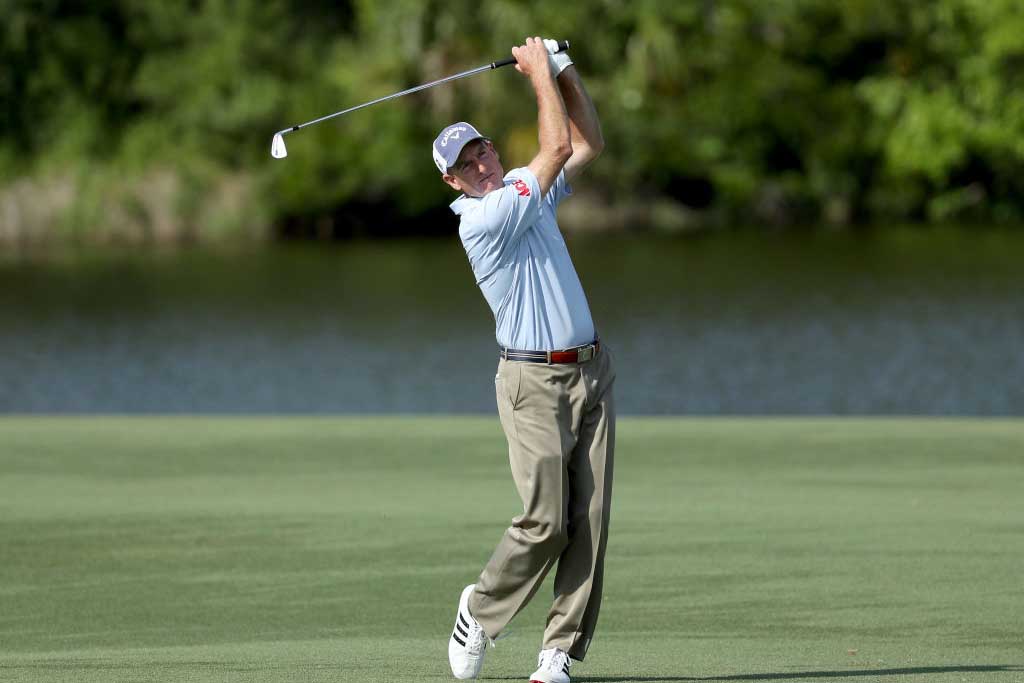
The tournament has moved back to March. What do you think about the move?
Furyk: It’s a good move for the championship for a number of different reasons. What I am curious to see, and I think it will take a few years to have a solid handle on it, is how the golf course will play in March versus May.
If we compare the last 10 years of May, versus March previously, I like the May date better. But there have been a significant number of upgrades to that golf course – both from a design and a conditioning standpoint.
The course drains a lot better now and has got a SubAir system under the greens, while the fairways have been sand capped and so they drain a lot better.
The problem they had in March in the past was getting the golf course firm and fast enough on a consistent basis.
They should be able to do that now because of the improvements to the course. I am anxious to see how it plays, to be honest, and I don’t think there should be any knee jerk reactions – good or bad – after the first year.
We want to wait until we are two or three years in and get a good feel for how the golf course plays. You can have a tougher weather situation, with wind, and it could put a little teeth into the golf course as well.
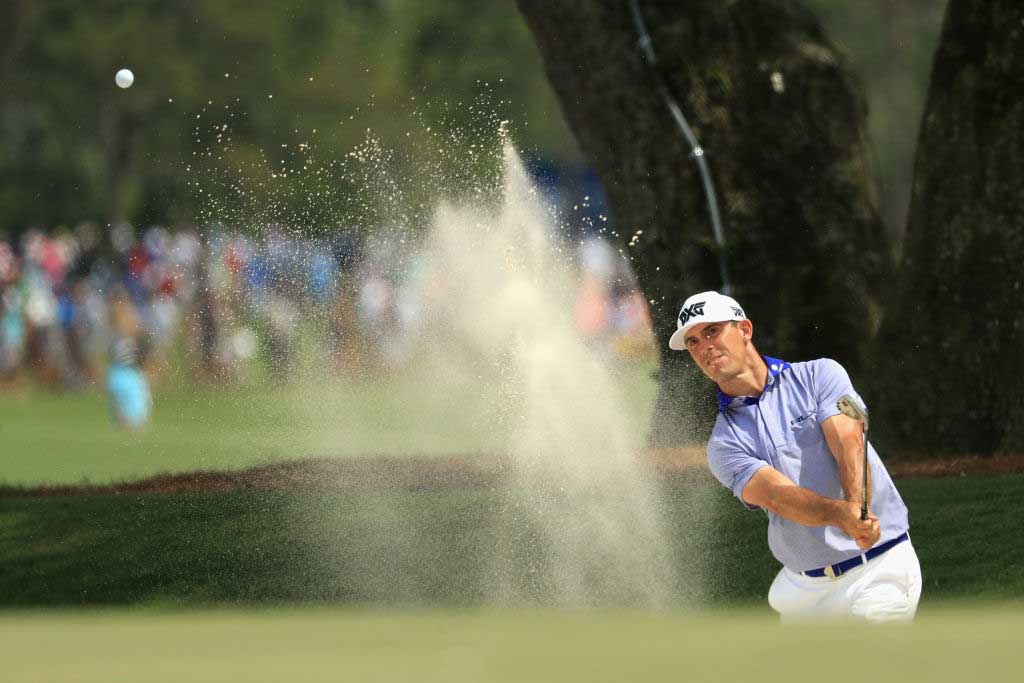
Horschel: This year is going to be different to what people have seen over the last 12 years. Now you’re going to have wind and the course will play as it was originally designed to be in March.
You will have wind out of the north, north-west so 17 and 18 will now be playing in off the left instead of down off the right. It’s going to play tough. What you are going to have to do is really control your ball in the wind, flight the ball and have good distance control.
The rough is a little bit thick with the overseed. You’re going to have to drive the ball even better and the course isn’t going to play as short as it has in the past.
The ball is not going to run out nearly as much in March as it has in May. So there’s a little bit of a change to what guys are used to seeing this course playing like in May.
I may have a little bit of an advantage because I live here and I’ve played it during this time of year a lot. But, at the same time, I’m still going to be learning just as everyone else will be.
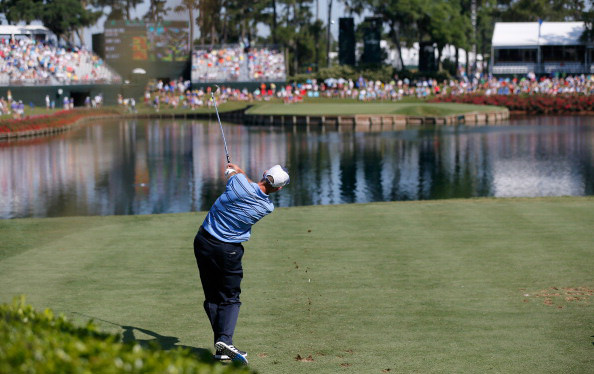
Every one talks about 17. How do you go about playing that hole?
Furyk: I’ve always taken a pretty conservative approach. I think you have a lot more to lose on 17 than you have to gain. You can make a birdie but it’s your bad scores there. You don’t see a lot of bogeys on that hole. You see a lot of pars and you see a lot of doubles and triples.
I try to play that hole somewhat conservatively – trying to put the ball on the same spot on the green – and not get overly aggressive unless I am in a situation to win a golf tournament or trying to make the cut.
Horschel: It’s been pretty easy the last couple of years to play this hole because the wind’s been down or off the right a little bit, which makes it easier to choose a club. It’s going to be a little bit different this year if we get the winds coming out of the north to north-west because now you’re either into or into off the left.
Instead of hitting a sand wedge or little pitching wedges, we may be hitting 7- or 8-irons depending on temperature and how hard the wind is blowing.
It’s a completely different challenge. It makes the hole so much tougher. I might have to possibly hit a 7- or 8-iron and flight the ball perfectly.
If you flight it too low it goes through the wind, and if you get up in the wind you’re coming up short. So you have to flight the ball really well and control your golf ball to hit this green now.
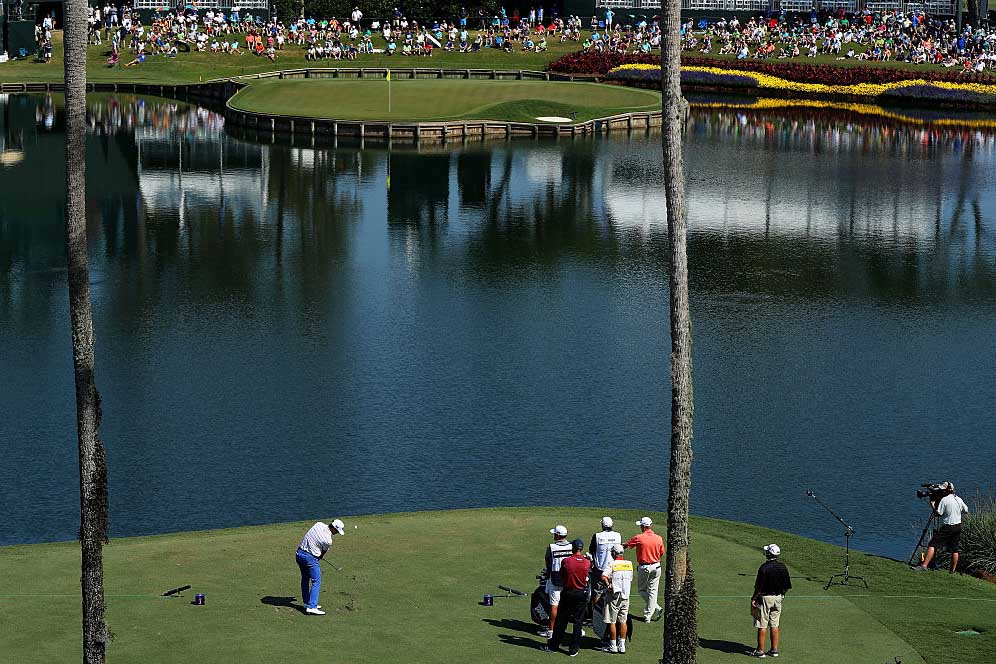
How do you rate that finishing stretch – 16, 17, 18 – in the context of the courses you’ll get to play in a year?
Furyk: It’s exciting. There is a lot that can happen. There’s water on every hole. 16 can be an eagle or a bogey with guys going for the green. A lot can happen on 17 and, really, there is no lead that is safe on those three holes.
I realise why the focus is on those three but I think there are a lot of good golf holes earlier on the course that are probably underrated because of the nature of the finish.
Horschel: The fourth is a beautifully designed hole. You can hit driver, push it down there and have a short wedge in, or you can lay back and make sure you’re in the fairway.
Then you’ve got a little bit of a tougher second shot with the water angling in front and to the left of the green. It’s just a beautifully designed hole.
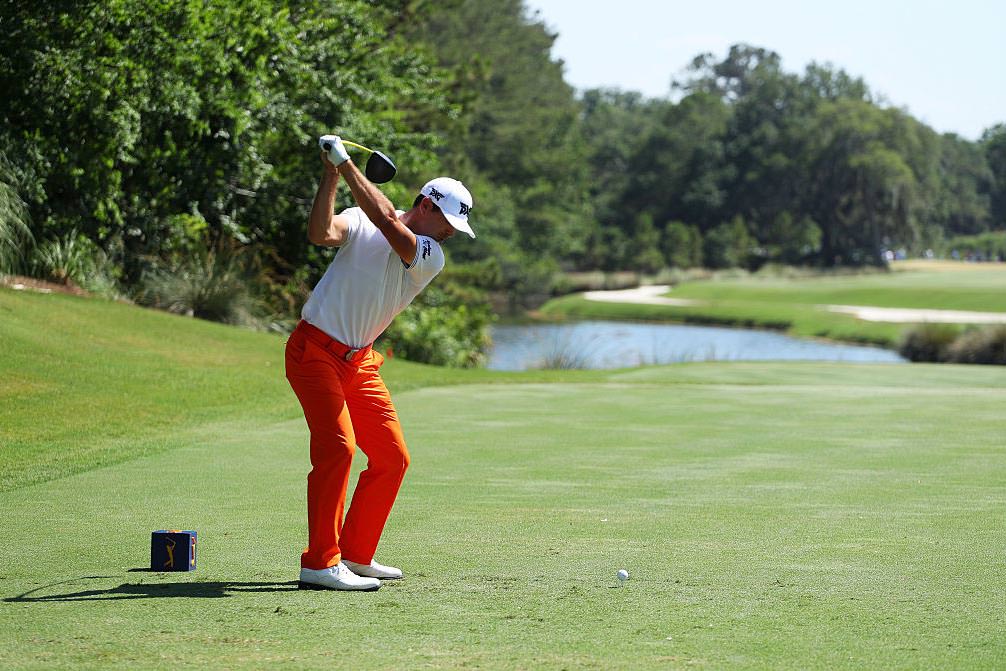
A hole I also like is 14. It looks like a tight driving hole but there’s more room out there. Everyone misses a tee shot right because it doesn’t look like you want to go left. I tell people that there’s more room left.
The tee box aims you down the right side and to miss in that right rough is nasty. It’s really a dead zone over there.
What I love about Pete Dye golf courses is he plays with your imagination – and your imagery. He makes you think that there’s not nearly as much room, on maybe a short side, as there really is.
Furyk: I think five is one of the best holes on the course and seven is a great hole.
You’ve got that exciting stretch on the turn at 9, 10, 11 and 12 – where you are going to see a lot of short iron and wedges hit. Guys can make a bunch of birdies in the middle of the round and try and jump start a round or continue and make a really solid round a great one.
The best holes on the golf course are the par 4s – 5, 7, 14 and 15. You really have to get through those holes to have a good round.
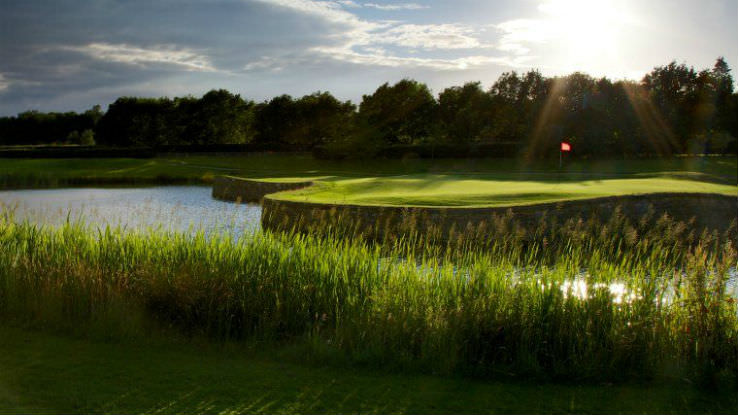
Beat the Pro: 17th at Sawgrass
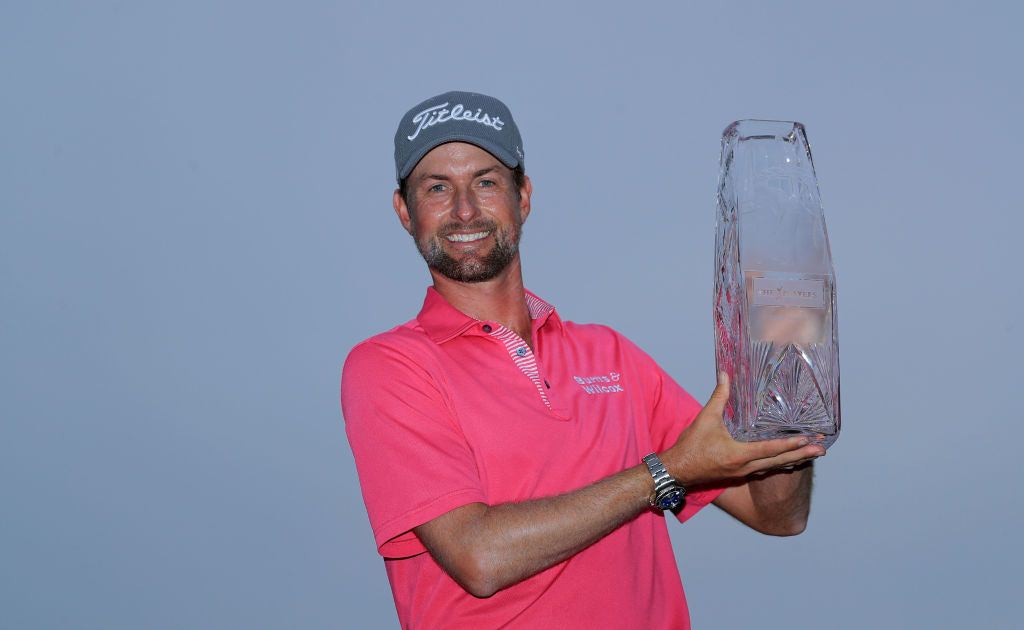
‘The Players is the most meaningful tournament I’ve won’
Steve Carroll

A journalist for 25 years, Steve has been immersed in club golf for almost as long. A former club captain, he has passed the Level 3 Rules of Golf exam with distinction having attended the R&A's prestigious Tournament Administrators and Referees Seminar.
Steve has officiated at a host of high-profile tournaments, including Open Regional Qualifying, PGA Fourball Championship, English Men's Senior Amateur, and the North of England Amateur Championship. In 2023, he made his international debut as part of the team that refereed England vs Switzerland U16 girls.
A part of NCG's Top 100s panel, Steve has a particular love of links golf and is frantically trying to restore his single-figure handicap. He currently floats at around 11.
Steve plays at Close House, in Newcastle, and York GC, where he is a member of the club's matches and competitions committee and referees the annual 36-hole scratch York Rose Bowl.
Having studied history at Newcastle University, he became a journalist having passed his NTCJ exams at Darlington College of Technology.
What's in Steve's bag: TaylorMade Stealth 2 driver, 3-wood, and hybrids; TaylorMade Stealth 2 irons; TaylorMade Hi-Toe, Ping ChipR, Sik Putter.

